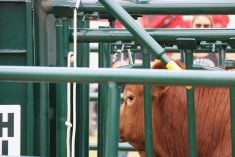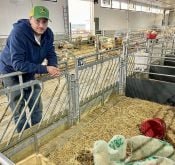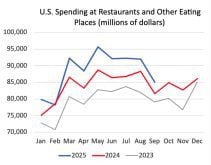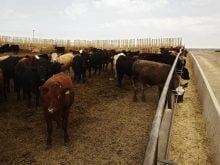Time is of the essence for an integrated national livestock identification program in Canada, says the president of the Canadian Livestock Identification Agency.
“Canada is vulnerable and we have to take action now,” said pork producer Dennis McKerracher of High River, Alta.
The livestock identification agency consists of most of the farm animal groups working with government on premise and individual identification, as well as movement for complete traceability. The agency’s goal is to achieve whole life animal traceability from birth to death or export.
Read Also
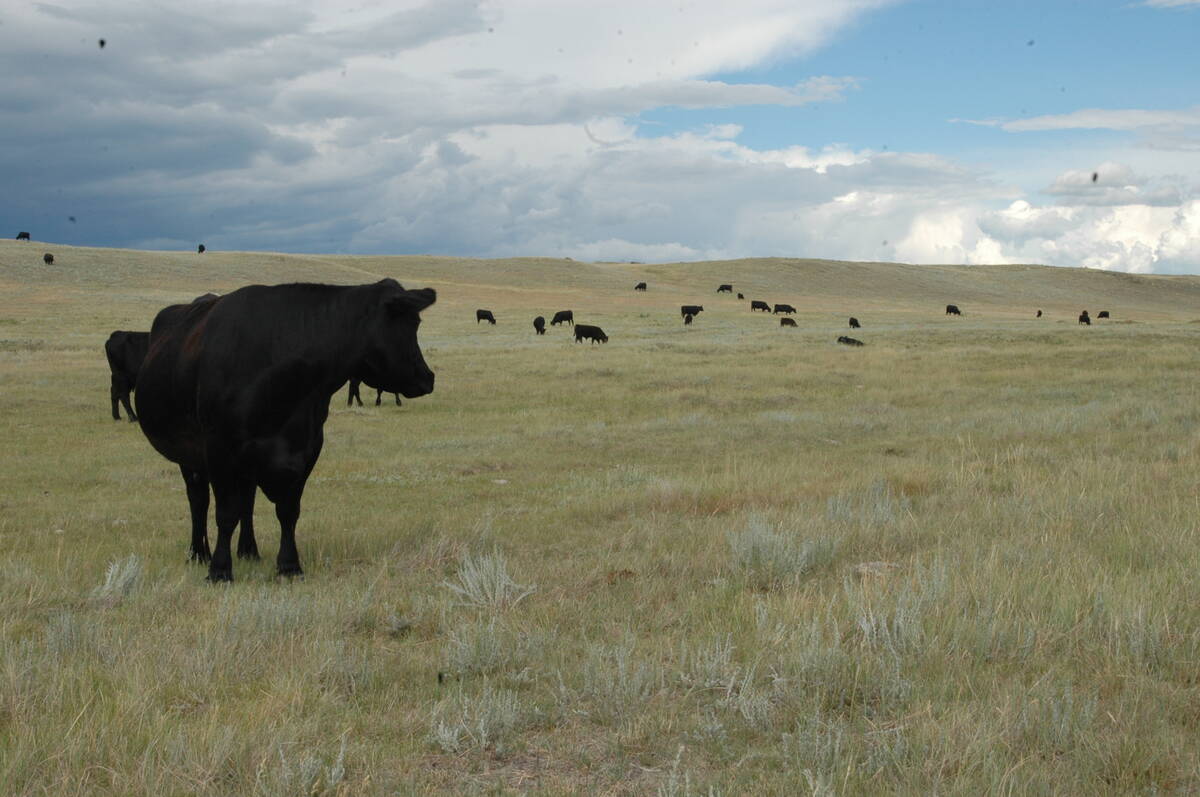
Canadian Food Inspection Agency slammed for handling of bovine tuberculosis case
The federal government leans heavily on producers to “take one for the team” and risk their livelihoods without any reassurance of support.
“Traceability is a multi-species initiative,” he said.
“When it comes to foreign animal disease or emergency management planning and (risk) mitigation, there aren’t any boundaries between species. We have to have everyone involved.”
The industry has written minimum standards for tracking livestock in Canada. They are written in plain language and are available for review.
Any specific industry group wishing to go beyond the standards may do so. For example, the standards state a disease needs to be reported within seven days, but pork producers have determined disease issues must be reported in 48 hours or less.
“We have to agree on a minimum standards so our trading partners will recognize that what we have done will help to get us back in business in the event of a disease crisis as soon as possible,” McKerracher said.
National board membership includes organizations representing the hog, dairy and beef cattle, bison, horse, goat and sheep sectors, the Canadian Cattle Identification Agency, Canadian Meat Council and Canadian Veterinarian Association, as well as nonvoting members from the Canadian Food Inspection Agency, Agriculture Canada and provincial governments. Discussions are underway to include poultry groups.
Commodity groups have varying levels of support and resources to complete their identification strategies, but they have agreed to timelines. Each group is responsible for how it identifies animals, but the systems must fit the needs of government, industry and the public.
The federal and provincial agriculture ministers want information when they meet in Calgary in mid-November.
A federal-provincial territorial traceability task team was formed in the last eight months, in which both levels of government discussed how the issue fits under the agriculture policy framework mandate.
From there, an industry-government advisory committee formed with representatives from the livestock agency and poultry groups. They tell each other about the status of their programs and discuss how to move a Canadian national traceability system forward.
The agency is also evaluating a federal-provincial traceability task team standards document to see what the government needs to handle disease outbreaks and emergencies.
The livestock agency wants a single system that draws from the ID systems of the various programs and feeds information into a central core, preferably through the already established Canadian Cattle Identification Agency database based in Calgary. Quebec has its own database.
Using a central repository with one entry point for CFIA and the provincial governments in the event of an outbreak is the most practical, said McKerracher.
“Industry does not want to see a whole barrage of databases,” he said.
Besides animal identity, premise identification is also crucial.
Every farm in Canada must have a unique identification number based on internationally recognized standards. It does not matter how many types of livestock reside there because identification is based on legal land descriptions.
“Industry believes firmly the building block to traceability is premises ID,” McKerracher said.
Last June the government agreed to work with industry to get it done.
Traceability is also needed domestically. While people fear the outcome of a foreign animal disease outbreak such as foot-and-mouth, dealing quickly with a regional problem such as swine influenza in southern Alberta is equally important.
The agency also wants a clear understanding of who can get information because confidentiality must be maintained.
“We will allow access for foreign animal disease risk mitigation and recovery and emergency management,” McKerracher said.
“The whole issue of confidentiality of information is paramount and we take that extremely serious. Producers will be well informed as we move down that path.”
The agency also wants secure funding to keep the program going, which makes a government partnership necessary.
“There is a large degree of public good in traceability; therefore there has to be a cost share agreed up between government and industry on how traceability will be funded.”




